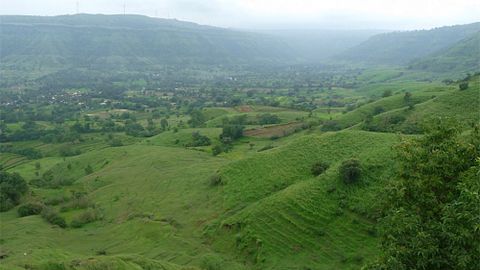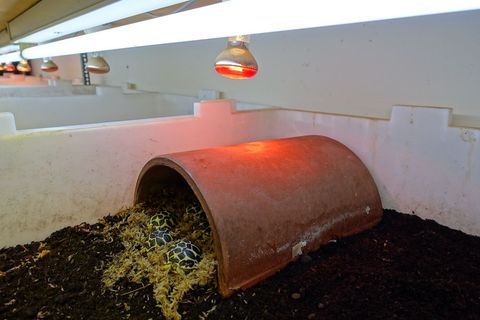Well I'm glad to say things have change for the better, here at Zoological International breeding and research we have been rearing groups of captive bred individuals for over 2 decades to form groups of mature breeding adults producing stunning quality UK bred babies.
With first hand knowledge we have found genuine UK bred babies are no more difficult to keep than any other commonly kept tortoises, the only difference is that they don't hibernate like the more commonly kept Mediterranean species.
Care Sheets
Indian Stars
Indian Star Tortoises Geochelonia elegans
One of the most attractive and sort after tortoise species to be found, more expensive than most other commonly keep tortoise but worth every penny.
Old literature refers to these beautiful tortoises as being difficult to keep, this would be referring to wild caught individuals imported from India back in the 60's and 70's when it was legal to do so. Stress, disease, internal parasites and lack of knowledge would normally result in death soon after acquiring them.

Natural Environment
The following will give an insight how to be successful in keeping Indian Stars.
Indian Stars occur through out the Indian subcontinent including Sri Lanka but seem to be more abundant in the Deccan plateau a region of southern India covering a lush green area of 700,000sq km. The Sri Lankan population seem to be larger than the main land populations but have never been sub divided in to there own sub species but often referred to when offered for sale as Indian or Sri Lankan. There seems to be very little difference apart from mature grown adult Sri Lankans being larger. The breeding groups we have are all mainland Indian stars.
Husbandry Technics
As hatchling they tend to do better kept a little hotter and wetter that the adults with only a small reduction of heat at night.
So day temps at 28-30c and nights down to 24-26c works well. To retain a good humidity and temperature in one location we use a cement roof ridge tile place half under the spot lamp stuffed with sphagnum moss.
This way it retains heat and humidity in one place rather than making the whole enclosure wet.

Diet Information
Indian Star Tortoises are grazers feeding on a mixture of grasses, weeds and some fallen fruits. Fruits should be kept to a minimum and maybe just used as treats. All foods should be dusted with a calcium/multivitamin rich powder which your retail adviser will be able to recommend the lasted brands. There are also many commercial tortoises diets on the market which can also be added to salads, greens and wild picked weeds.
Below is a list of commonly found weeds which are safe to feed your tortoise.
Dandelion, Nipplewort, Red Clover, White Clover, Hosta, Wild Rocket, Chickweed, Greater Plantain, Ribwort plantain, Sow Thistle’s (smooth, prickly, perennial) Red Dead Nettle, White Dead Nettle, Hawk’s Beard, Hawkweed, Cats Ear, Garlic mustard, Bindweeds, Trefoils, Vetch, Goose grass (sticky weed), Mallows, Lavatera, Honeysuckle, Shepherd’s purse, Soft comfrey, Speedwell, Sorrel, Cranesbill, Toadflax, Chicory, Hawksbit, Bittercress, Heartsease (viola’s), Campanula Garden plants: Hibiscus, Opuntia (prickly pear), Bramble leaves (young shoots), Mulberry leaves, Sedum, Rose petals & leaves.
* Remember that weeds during winter dormancy contain very little in vitamins so It’s very important that you continue dusting there food with calcium/multivitamin supplements.



